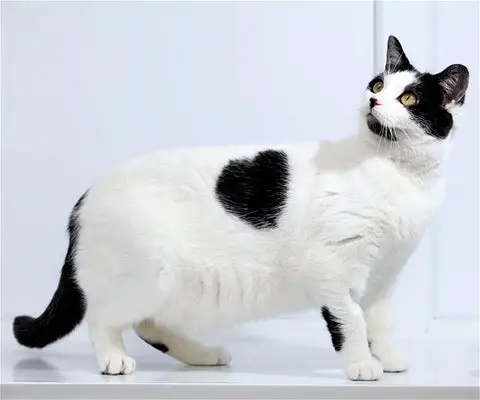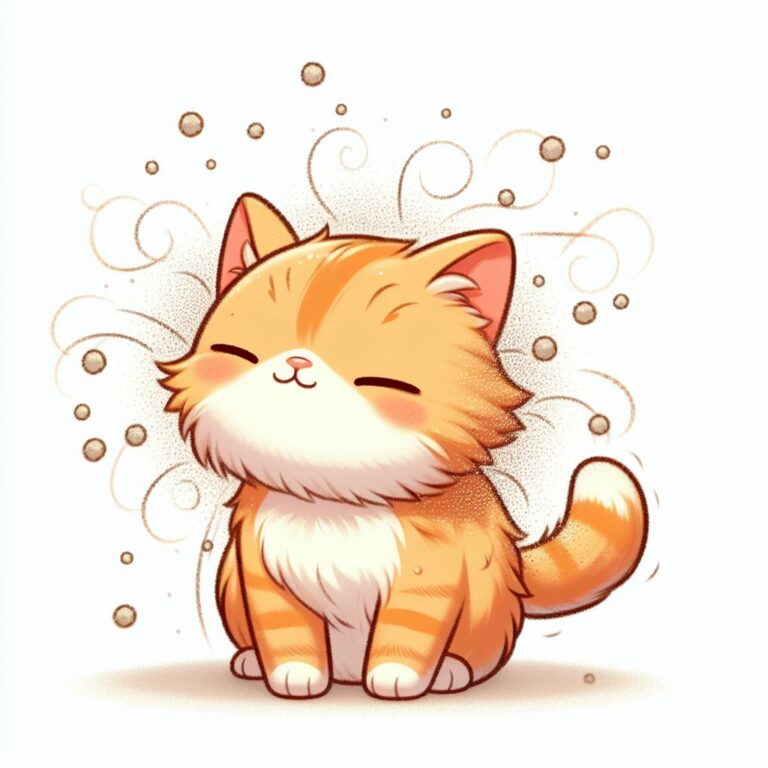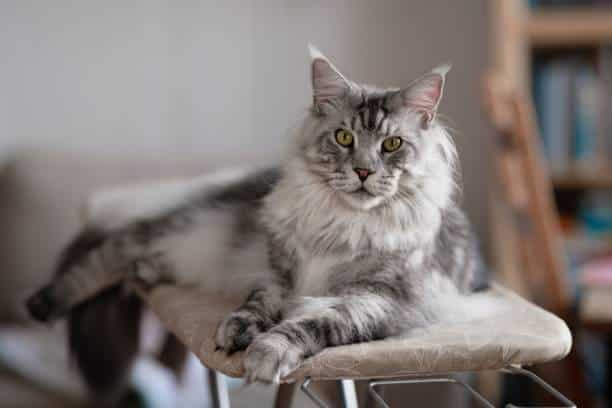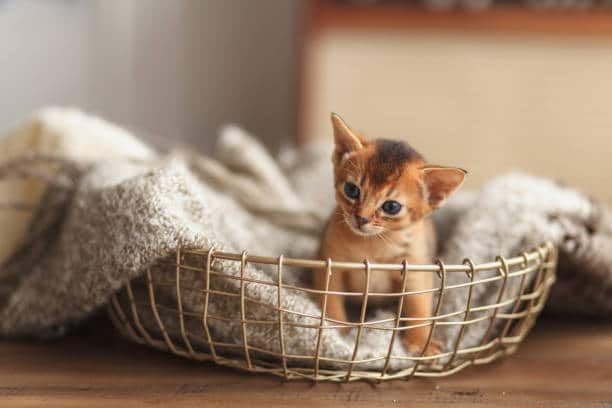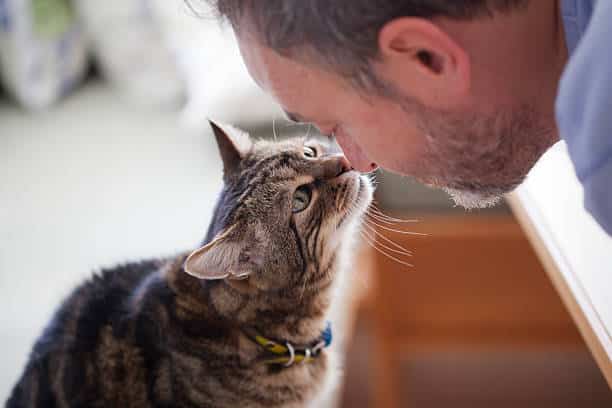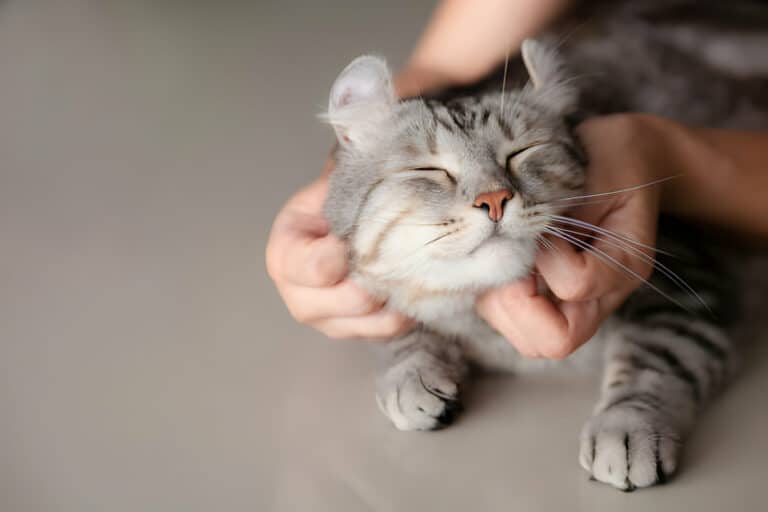Exploring Magpie Cats: Surprising Facts About Black and White Cat Breed
Many cat lovers have been captivated by the striking beauty of Magpie Cats – feline friends with a stunning black and white spotted coat that resembles the plumage of a magpie bird. Here at AskAboutCats.com, your trusted source for all things feline, we’re here to unravel the mystery behind this captivating coat pattern. While “Magpie Cat” might sound like a specific breed, it actually refers to a cat’s fur coloration, featuring a delightful mix of black spots on a predominantly white background. This unique pattern is also known as harlequin, piebald, cow cat, or even moo cat, and its origin lies in fascinating genetics.
Key Takeaways:
- Magpie Cats have a striking black and white spotted coat that resembles the plumage of a magpie bird, thanks to the “white spotting gene” and a recessive allele of the “agouti gene.”
- Magpie Cats are not a specific breed but rather a coat pattern, also known as harlequin, piebald, cow cat, or moo cat, different from tuxedo cats with a more defined black and white pattern.
- Living with a Magpie Cat does not require special care for their coat pattern, as it likely just needs the usual care and affection given to all feline companions. Breeders usually focus on established breeds, but some, like the Turkish Van, may have harlequin markings.
Understanding Magpie Cats
Defining the Magpie Cat
One of the most distinctive features of a Magpie Cat is its striking coat pattern, characterized by large black spots dispersed over a predominantly white fur background. This unique coloration is a result of the interplay between the “white spotting gene” and a recessive allele of the “agouti gene,” which disrupts the typical banded pattern seen in other coat variations. Magpie Cats often bear a strong resemblance to the plumage of a magpie bird, from which they draw their name.
Differences Between Magpie, Tuxedo, and Other Patterns
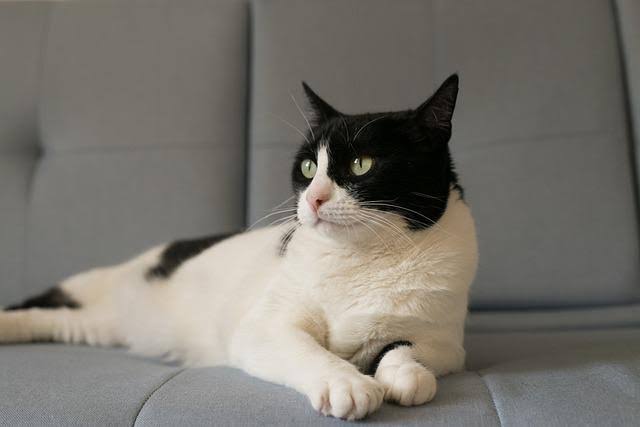
Understanding the differences between Magpie Cats, tuxedo cats, and other coat patterns is crucial for cat enthusiasts. While tuxedo cats typically exhibit a more well-defined black and white color block pattern that resembles a formal suit, Magpie Cats boast a more speckled and random arrangement of black spots on white fur. It’s important to note that Magpie Cats fall under the broader category of piebald patterns, which can encompass a variety of colors beyond black and white. Familiarizing yourself with these distinctions can help you appreciate and identify the unique beauty of each feline friend.
The Genetics Behind the Spots in Feline Beauty
The Role of the Black And White Spotting Gene
Some cats are born with a stunning black and white spotted coat due to the fascinating genetics at play. With the “white spotting gene” activated, these felines exhibit large areas of white fur, giving them their distinctive appearance. This gene importantly acts as a switch, turning on the white coloration in specific areas of the cat’s coat. The result is a striking contrast between the black spots and the predominantly white background, reminiscent of the elegant plumage of a magpie bird.
The Recessive Allele of the Agouti Gene
Some Magpie Cats showcase a unique pattern of black spots due to the presence of a recessive allele of the “agouti gene.” The agouti gene is responsible for creating a banded pattern of colors in a cat’s fur. However, in Magpie Cats, the recessive allele disrupts this normal pattern, leading to the random and charming black spots that adorn their white coat. This genetic variation adds to the allure of these feline beauties, making them stand out in the world of cat coat patterns.
Plus, understanding the genetic makeup of Magpie Cats can enrich our appreciation for the diversity of coat patterns that exist within the feline world. By delving into the science behind these striking spotted coats, we gain insight into the intricate mechanisms that shape the appearance of our beloved furry companions.
Magpie Cat Appearance and Breed Information
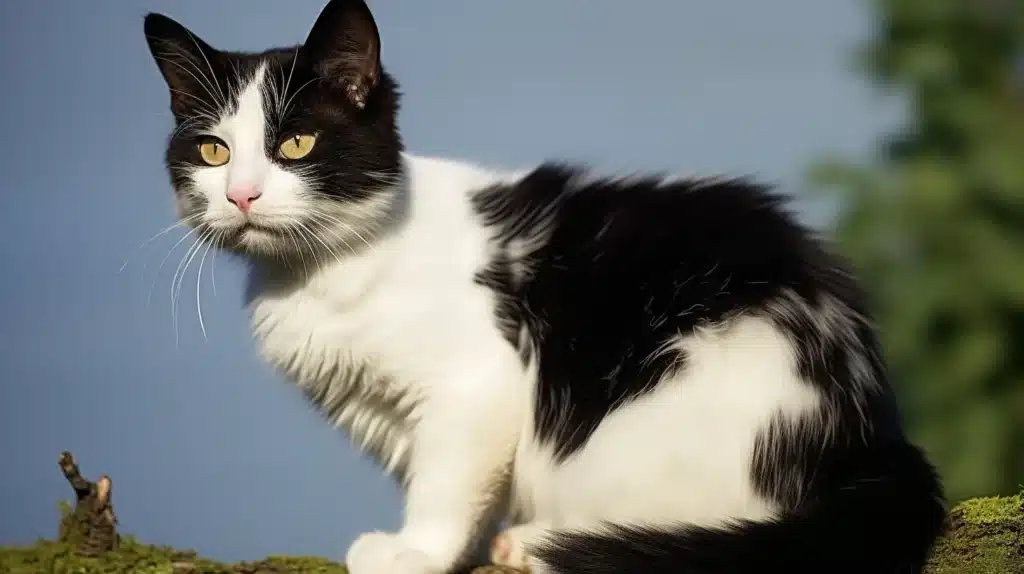
Typical Features of Magpie Cats
All Magpie cats share the captivating coat pattern of black spots on a white background, resembling the plumage of a magpie bird. Their fur is predominantly white, with random black spots spread across their body. This unique pattern is a result of specific genetic factors, including the presence of the “white spotting gene” and a recessive allele of the “agouti gene” that disrupts the typical banded color pattern.
Similarities with Known Breeds Like Turkish Van
Magpie cats may bear some resemblance to known breeds like the Turkish Van, which also exhibit harlequin markings. However, it’s imperative to note that Magpie cats are not a specific breed but rather a reference to their striking coat pattern. While Turkish Vans are known for their unique coat patterns, Magpie cats can come from a variety of breeds and backgrounds, showcasing their own individual charm and personality alongside their eye-catching appearance.
Caring for a Magpie Cat
Grooming Requirements
Grooming a Magpie Cat is relatively straightforward due to their short coat, but regular brushing can help reduce shedding and prevent hairballs. A grooming mitt or soft brush can be used to gently remove loose fur and distribute natural oils, keeping their coat shiny and healthy. Additionally, providing a scratching post can help keep their claws in good condition and prevent furniture damage. Remember to check their ears and trim their nails as needed to ensure your Magpie Cat stays happy and healthy.
Nutritional Considerations and Health Tips
The nutritional needs of a Magpie Cat are similar to those of other domestic felines. A balanced diet rich in high-quality protein, crucial fatty acids, vitamins, and minerals is crucial for their overall well-being. Make sure to provide fresh water at all times and monitor their weight to prevent obesity, a common issue in cats. Additionally, regular veterinary check-ups are crucial to detect any health problems early on and ensure your Magpie Cat leads a long and healthy life.
- Choose a premium cat food that meets the nutritional requirements for your Magpie Cat’s age and activity level.
- Provide occasional treats in moderation to add variety to their diet and strengthen your bond with them.
With proper grooming and nutrition, along with regular veterinary care, you can provide your Magpie Cat with a happy and fulfilling life. Recognizing any changes in their behavior or appearance can help you address potential health issues promptly, ensuring your feline companion stays in the best possible condition.
Behavior and Temperament
What to Expect from a Magpie Cat’s Personality
For those considering bringing a Magpie Cat into their home, it’s important to know that each cat is an individual with its own unique personality traits. However, there are some common characteristics often associated with Magpie Cats. These felines are known for being curious, playful, and outgoing. They love to explore their surroundings and interact with their human companions. Magpie Cats are usually quite social and enjoy being in the company of people or other pets.
Entertainment and Engagement for black and white cats
Magpie Cats thrive on mental and physical stimulation. Providing them with interactive toys, climbing structures, and puzzle feeders can help keep them entertained and engaged. Engaging in regular play sessions with your Magpie Cat, such as using fishing rod toys or laser pointers, can also help satisfy their hunting instincts and keep them mentally sharp. Additionally, setting up a window perch or bird feeder near a window can provide hours of entertainment as they watch the world outside.
From providing a variety of toys and activities to creating a stimulating environment, there are many ways to keep your Magpie Cat happy and engaged. Do not forget, a happy and mentally stimulated cat is more likely to exhibit positive behaviors and lead a fulfilling life.
Adopting a Magpie Cat Bicolor Cat
Finding a Cat with Magpie-like Coat
On your quest to bring a Magpie Cat into your home, consider starting at local animal shelters or rescue organizations. While Magpie cats are not a specific breed, you may come across cats with similar striking coat patterns in need of a loving home. Be patient in your search and visit multiple shelters to increase your chances of finding your perfect feline companion.
Responsible Adoption and Pet Ownership
For those considering adding a Magpie-like cat to their family, it’s crucial to practice responsible adoption and pet ownership. This includes ensuring you have the time, resources, and commitment to provide proper care for your new furry friend. Remember that adopting a cat is a long-term commitment, so be prepared to offer love, attention, and a safe environment for your cat to thrive.
Coat pattern aside, adopting any cat requires thoughtful consideration and preparation. Before bringing a new feline friend home, make sure you have all the necessary supplies, such as food, water bowls, litter boxes, and toys. Additionally, schedule a visit to the veterinarian for a health check-up and to discuss vaccinations, spaying/neutering, and other crucial aspects of cat care.
Resources and Further Reading
Many cat owners find themselves in need of reliable information and guidance when it comes to caring for their beloved feline companions. At AskAboutCats.com, we offer a plethora of resources and further reading materials to assist cat parents in providing the best care for their cats.
Extensive Guides on Cat Care from AskAboutCats.com
Any cat owner looking to deepen their understanding of feline care will find our extensive guides on cat care invaluable. From detailed grooming techniques to comprehensive nutritional advice, our articles cover a wide range of topics to help you keep your cat happy and healthy. Whether you’re a first-time cat owner or a seasoned cat parent, our expertly curated guides will provide you with the knowledge and tools you need to give your feline friend the best possible care.
Connecting with Other Cat Enthusiasts and Experts
Care to connect with other cat enthusiasts and experts in the field? At AskAboutCats.com, we understand the importance of building a community around our shared love for felines. Join our forums to discuss cat behavior, share tips on cat care, and engage with fellow cat lovers. Our platform also features Q&A sessions with veterinary professionals, behaviorists, and other experts, offering you the opportunity to seek advice and gain insights from those with specialized knowledge in feline care.
With AskAboutCats.com, you’re not just accessing information – you’re entering a supportive and knowledgeable community dedicated to the well-being of all cats.
To wrap up
Ultimately, Magpie Cats are a striking and unique feline variety with a black and white spotted coat that resembles the plumage of a magpie bird. This captivating coat pattern is a result of genetics, where the “white spotting gene” creates large areas of white fur while a recessive allele of the “agouti gene” disrupts the banded color pattern, leading to the delightful random black spots. While living with a Magpie Cat doesn’t require any special care beyond the usual TLC, it’s important to distinguish them from tuxedo cats with a more defined black and white pattern.
Whether you’ve just encountered a Magpie Cat or are intrigued by their striking appearance, at AskAboutCats.com, we’re here to provide you with comprehensive information on all things feline. Do not forget, while breeders typically focus on established breeds rather than coat patterns, you can explore breeds like the Turkish Van known for their harlequin markings if you’re drawn to the Magpie-like coat. No matter the coat pattern, all cats deserve a loving home and proper care. Keep exploring AskAboutCats.com for more on cat breeds, coat variations, and everything you need to know to be a purrfect feline parent!

